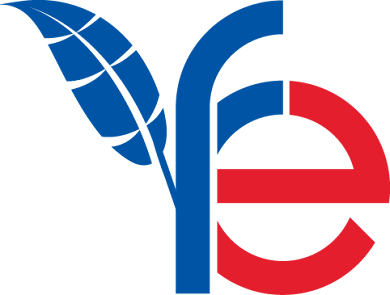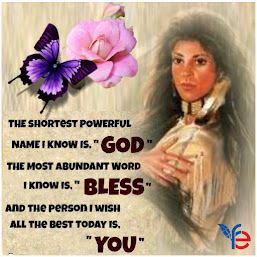Specialist Moses Brave Heart, a member of the South Dakota Army National Guard's 235th Military Police Company, has recently been granted a religious accommodation to grow his hair long, honoring his Oglala Sioux heritage.
This decision marks a significant step in acknowledging and respecting the cultural practices of Native American service members within the U.S. military.Growing up on the Pine Ridge Reservation in South Dakota, Brave Heart was deeply rooted in Lakota traditions, where long hair symbolizes strength, spiritual connection, and cultural identity.
Traditionally, hair is only cut during periods of mourning, with the cut hair either buried or burned as part of the grieving process.
“Our hair is an extension of our spirit. We don’t just let anyone touch it, and it’s only cut during times of deep loss, as part of the grieving process. We either burn or bury it as a way to return it to Mother Earth,” Brave Heart told Native News ..
In 2020, when Brave Heart enlisted in the North Dakota National Guard, he made the difficult decision to cut his hair, believing it was a necessary sacrifice to pursue a career in law enforcement and the military.
During a deployment in 2022-2023, Brave Heart learned about the possibility of obtaining a religious accommodation for his hair. With the support of Capt. Nathan Johnson from the North Dakota National Guard's 131st Military Police Battalion initiated the application process in October 2022.
“I saw other Native soldiers had been granted similar accommodations, so I looked into it. It wasn’t easy; there was some pushback from those who saw short hair as a mark of discipline,” Brave Heart said. “But I also had support. I knew this could pave the way for other Native soldiers who want to honor their culture.”
By May 2023, the Department of Defense approved his request, allowing him to begin regrowing his hair. This accommodation permits Brave Heart to adhere to the Army's female grooming standards regarding hair length and style.
Additionally, he is authorized to wear traditional Sioux head decorations, such as an eagle feather, during official Army portraits.
Brave Heart's journey has not been without challenges. He has encountered mixed reactions from fellow service members, some of whom hold traditional views equating short hair with discipline.
"I got some weird looks initially," Brave Heart said. "People came up to me and said, ‘I had no idea what long hair meant in Native culture, that’s awesome.’ That support was encouraging. It was a big part of why I wanted to do this, not just for myself, but to educate and make people aware that Native culture is alive and important.”
Despite this setback, he remains steadfast in his commitment to his cultural identity and views these interactions as opportunities to educate others about Lakota traditions.
Beyond personal expression, Brave Heart aims to serve as a role model for Native American youth, demonstrating that it is possible to honor one's cultural heritage while pursuing a successful military career.
"A lot of young people on the rez are told they need to leave to succeed," Brave Heart said. "But I want to be a role model for them, to show that you can be proud of your heritage and serve. If they see me doing it, maybe they’ll believe they can too."
He hopes his experience will inspire others to embrace their identities and consider service without feeling compelled to abandon their cultural practices.
Inspired by legendary Indigenous rights activists Dennis Banks and Russell Means from the Oglala Sioux Tribe, as well as Leonard Peltier from North Dakota, Brave Heart sees his path as a continuation of their legacy.
Brave Heart’s story has gained widespread attention after going viral on TikTok, where users praised his dedication to preserving his cultural identity while serving his country. This exposure has even sparked conversations about the importance of cultural accommodations within the military.
“I woke up to my phone blowing up, with people sending me screenshots,” Brave Heart said. “It was incredible to see so many people supporting this.”
The surname "Brave Heart" carries significant meaning. Originally bearing the last name "Little," he chose to change it to honor his grandmother, Betty Brave Heart, who played a pivotal role in his upbringing.
"I took my grandma's last name to honor her. She helped raise me, and it means a lot to carry her name,” Brave Heart said.
Brave Heart's story is part of a broader movement within the U.S. military to accommodate the religious and cultural practices of its diverse service members.
In recent years, other Native American service members have received similar accommodations. For instance, in 2022, Senior Airman Connor Crawn of the U.S. Air Force was granted permission to wear his hair in a long braid, reflecting his Kanien'keha (Mohawk) heritage.
His journey is a powerful reminder that heritage and service can coexist, exemplifying how commitment to one’s culture can inspire and uplift others within the military.
“I hope what I’ve done shows others that it’s possible to embrace who you are, no matter where you are,” Brave Heart said. “We’re still here, and our culture is strong. If this can give just one young Native kid hope, then I know I’m on the right path.”




0 Comments